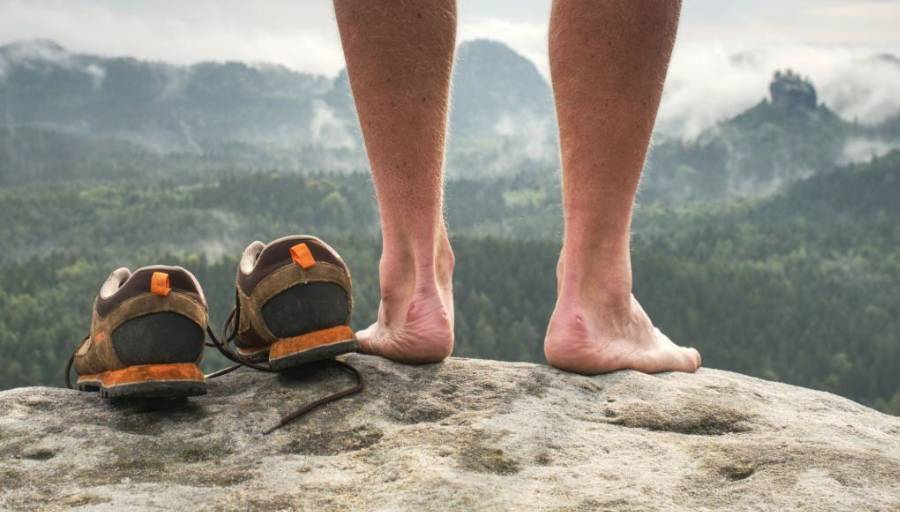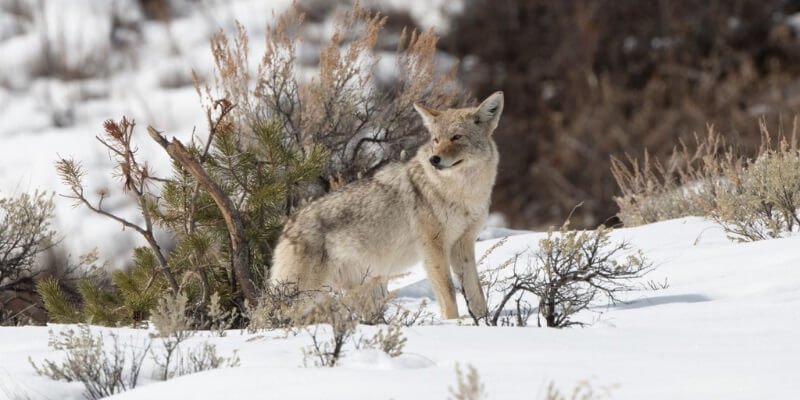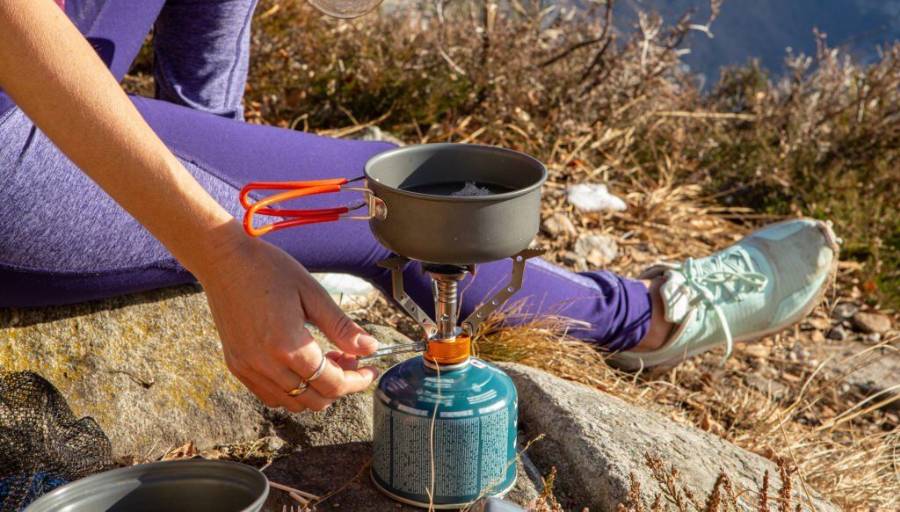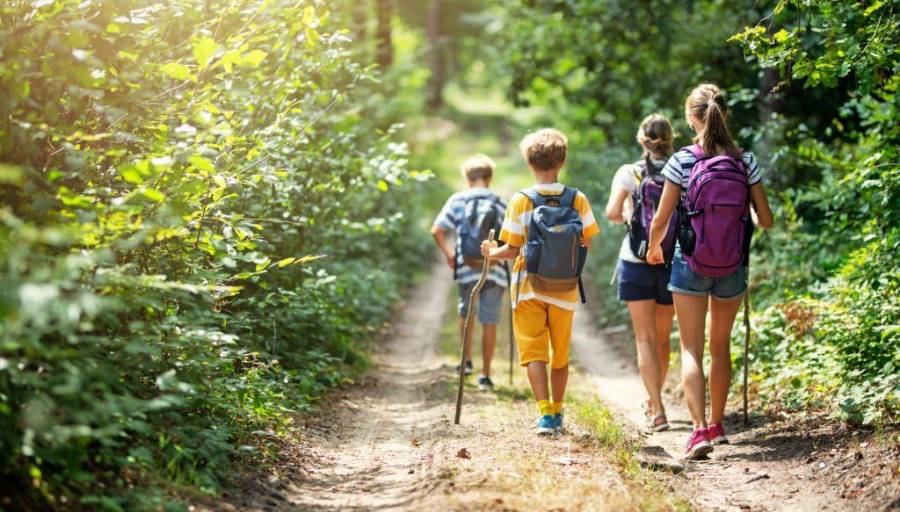Hydration When Hiking: All You Need to Know!
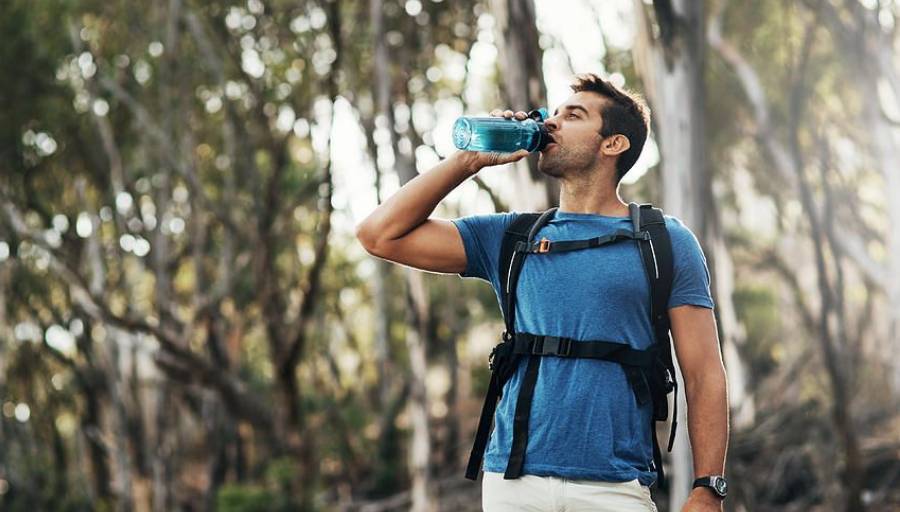
There is a simple rule of survival called “The Rule of Threes”. Do you know that? This states that one can survive three weeks without food, three days without water, three hours without shelter, and three minutes without oxygen.
In this article, we’ll thoroughly explore the critical topic of hydration. Why is it essential to stay hydrated? How can you achieve it effectively? When and where should you prioritize hydration? Discover the answers and practical tips within these pages as we unravel the importance of maintaining optimal hydration for your well-being.
The Risk of Dehydration When Hiking
Water is the main component of the human body and represents about 60% of the body mass of an adult. An insufficient percentage of water can therefore have serious consequences because water is involved in the process of eliminating waste present in the body and contributes to maintaining body temperature.
What is the cause of dehydration?
Dehydration is very often due to losses of water and mineral salts, not compensated by the person. From a loss of 1% of water, symptoms may appear. From 15% water loss, the life of the person is in danger.
What Are the Symptoms?
The first symptom of dehydration is obviously thirst, which is accompanied by a decrease in the quantity of urine, the color of which becomes darker. If you do not react to these first symptoms, other signs appear, such as dry mouth, dry eyes, lack of energy, headaches, feeling tired, reduced physical performance, or still dizziness.
If following these signs you still do not hydrate yourself, more advanced symptoms and more consequences for your health will appear, here is the list below:
- Less elastic skin
- Sunken and sunken eyes
- Muscle weakness/cramps
- extreme thirst
- Disappearance of perspiration
- Absence of urine
- Body extremity colds
- Consciousness disorders
- Irritability
What Are the Treatments?
Mild or moderate dehydration (loss of less than 10% of body weight) can be treated by rehydration, in small quantities, and on a very regular basis. Otherwise, when the loss is greater than 10 %, we speak of severe dehydration. In this case, medical intervention is essential to follow intravenous rehydration.
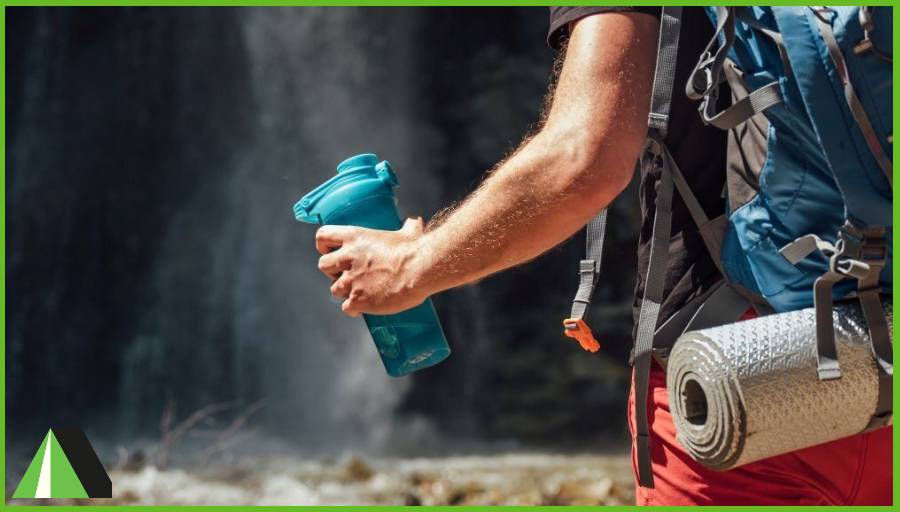
How Much Water is Needed?
To estimate the sufficient amount of water to consume during a hike, several factors come into play:
- Perspiration: it depends on your tendency to sweat during efforts or in case of high heat.
- Weather conditions: the hotter the climate, the more you have to compensate for your water losses. Don’t underestimate the cold weather, just because the temperatures are low doesn’t mean you don’t sweat.
- The intensity of the effort: the more intense your effort, the more you are likely to sweat, and therefore the more you will need to hydrate yourself to compensate for your water loss.
- The duration of the effort: it is logical that you do not have the same water loss for a 1-hour hike as an 8-hour hike.
To give you an idea, it is recommended for an adult to drink between 1.5L and 2L. It is a daily recommendation, which does not take into account the criteria mentioned above.
When to Drink?
At all times, you must continuously hydrate throughout your hike.
- Pre-hike: Ensure you hydrate within three hours before departure to preemptively counteract potential water loss.
- During the hike: Compensate for ongoing water loss by taking one or two sips every 15 minutes. Prioritize a consistent intake of small quantities.
- Post-hike: Replenish and recover by consuming fluids to make up for the losses incurred during the exertion.

Where to Find Water?
Now let’s see where to find drinkable water when hiking…
One Day Hike
If you are going on a day hike and you have planned several stops at supply points, such as villages, refuges, fountains, etc. There is no point in overloading yourself with water. In this case, a 1.5L bottle may suffice. You will only have to fill it at each supply point.
Great Hike
If you plan to go on a hike over several days, you should find out whether or not there are abundant sources of drinking water. If you have the opportunity to encounter multiple sources of drinking water, you can leave with a bag or a 2 L bottle and fill it as soon as a source comes to you.
Where the presence of a source of drinking water is rare, it is therefore necessary to bring your own water supply. In this case, you can also look for a filtration system, in order to be sure of being able to supply you with water without endangering your health.
The Different Water Tanks/Bottles
You can also carry different types of water bottles for staying hydrated.
Water Bladders
It is a flexible food plastic gourd, which is equipped with a pipe for drinking. These water pockets have the advantage of practicality and ease of use. Indeed, they slip easily into the bag and you can constantly hydrate yourself without having to stop, open your bag, etc.
If you decide to choose this water tank, two solutions are available to you. You can either orient yourself towards the purchase of a hiking bag with an integrated water pocket or buy a water pocket in annex and place it yourself in your bag. Depending on the model, the water bottles can hold up to three liters of water.
Besides these numerous advantages, the water bag has some disadvantages. First of all, it is difficult to clean and its maintenance must be regular and meticulous to eliminate all the bacteria present. In addition, it is difficult to follow the evolution of the water stock, which can be problematic in a situation where you have to save water.
Gourds
The water bottle is undoubtedly a must-have during a hike. On the market, it can be designed either in metal or in plastic. Although the plastic model is less heavy, metal has a number of advantages. Indeed, it guarantees you rigidity, and durability and can contain a wide range of different drinks. It is also affordable.
However, compared to the water bag, the water bottle does not only have advantages. It is relatively heavy, and bulky and requires a stop every time you want to hydrate.
Plastic Water Bottle
While the plastic water bottle is economical, solid, and lightweight, in hindsight, we recognize that it is not an ideal solution. Its lack of ecological friendliness contributes to environmental pollution.
Water Treatment
If during your hike, you have no source of drinking water at your disposal, alternatives are available to you.
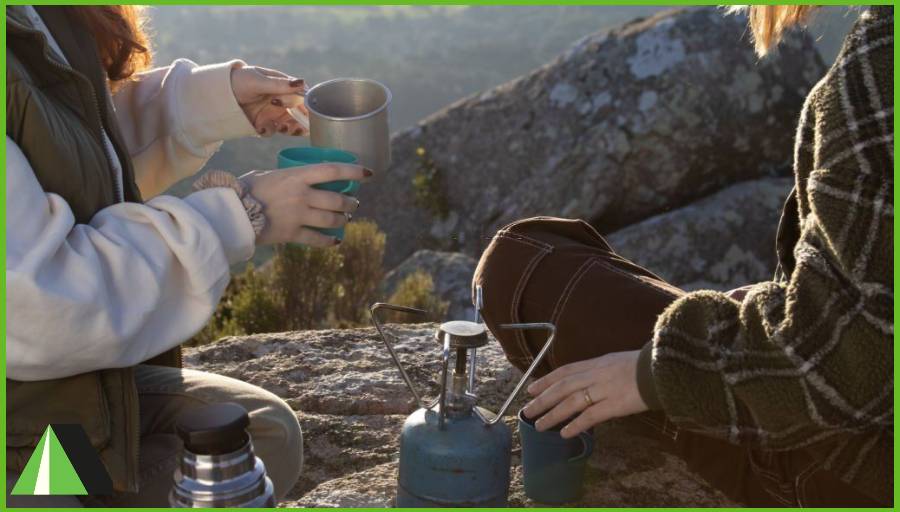
Bring the Water to a Boil
This is a very old technique, which has managed to prove itself. In a few minutes and at a high temperature, the water is cleaned and purified. However, this technique requires equipment, such as gas, wood or alcohol stove, cooking pot, and also fuel.
If you want to buy a stove or camping stove, we have written an article where we explain everything.
Chemical Treatment
Special tablets, containing chlorine or silver, offer an effective and safe solution to eliminate bacteria and viruses in water. However, it’s important to have clear water beforehand and not be in a hurry. These tablets require 1 to 2 hours to take effect before the water becomes safe for consumption.
Filters and Filter Straws
Filters and filter straws are very effective against bacteria but less against viruses. There are several types of filters, including activated carbon, fiberglass, ceramic, etc.
Ultraviolet
It is an emerging solution, which uses ultraviolet rays to neutralize bacteria. It comes in the form of a “pen”, which is immersed in a container of water. This technique is quick, simple and effective. Nevertheless, it comes with the drawback of requiring batteries, which can be relatively expensive, and it is also prone to fragility.
Additional Tips and Tricks
- Don’t wait to be thirsty to drink e. Thirst is one of the first symptoms of dehydration.
- Cover your head, especially if it’s hot, it decreases your water loss and will protect you against sunstroke.
- On hikes lasting several days, give preference to soups and herbal teas for the meal. They will contribute to your hydration.
- Avoid alcohol, which is extremely dehydrating.
- If you are hiking where drinking water sources are scarce, fill your water bottles and drink at least 1l of water before leaving each source.
The Siesta Theory suggests that, especially in warm conditions, the majority of the hike should be done when temperatures are cool. The goal of this strategy is to rest during the hottest hours of the day (11:00 a.m. to 3:00 p.m.) so that you can make do with a smaller supply of water.
Frequently Asked Questions
What is the best option to treat water for a several-day trek?
Filters, filter straws, and chemical treatments are the most suitable solutions for a hike lasting several days. Conversely, the least suitable in this situation is the UV filter. Indeed, the UV purifier works with batteries and therefore has a limited lifespan.
If I am a victim of severe dehydration, what should I do?
Stay on the phone until the problem is solved. In the meantime, lie down in the shade, hydrate frequently, keep calm, and cool off with a damp cloth.
Between water pockets or water bottles, which is the best choice?
There is no right or wrong choice. The water bag is the most practical solution but can cause water to taste, and cleaning it is not an easy task. On the other hand, the water bottle is the most economical and easy solution, but it is bulky and sometimes heavy.
Are electrolytes important during a hike?
Absolutely. When sweating, you lose not only water but also essential electrolytes. Consider bringing electrolyte-rich drinks or snacks to help replenish these vital minerals and maintain proper hydration.
How can I encourage proper hydration in children during a family hike?
Make hydration fun for kids by bringing along their favorite water bottles and incorporating breaks for water and snacks. Set a positive example by staying hydrated yourself, and emphasize the importance of drinking water regularly.
Conclusion
Proper hydration is crucial, whether you’re strolling through the city, hiking, biking, skiing, climbing, or trail running. We trust you’ve gained valuable insights from this guide. If you come across any errors or believe there’s content worth adding, please feel free to leave us a comment below.
See Also…



